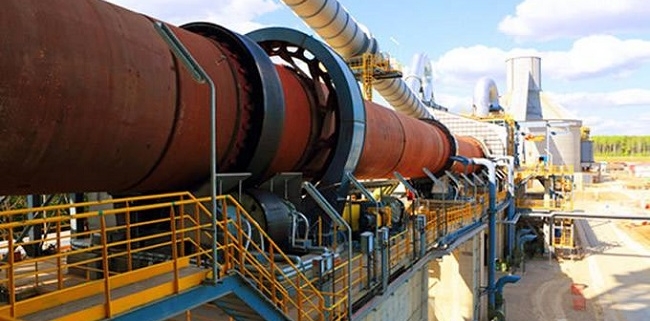As a new type of hazardous waste disposal technology, cement kiln co-disposal of hazardous waste has many advantages such as high disposal rate, high disposal volume, environmental protection emission standards, various types of disposal, low project investment, short construction period and low disposal cost. Gradually gain wide recognition.
In recent years, especially in 2017 and 2018, the cement kiln co-processing hazardous waste project has been blown out in all parts of the country. The major environmental protection enterprises across the country have been involved in the cement kiln co-processing hazardous waste industry. Then, what links should be paid attention to in the engineering design of the cement kiln co-processing hazardous waste project, and what are the key points?
First, the process, the master plan is the key to the success or failure of the project:
1. The cement kiln co-disposal of hazardous waste projects should consider the process layout without affecting the normal production and maintenance of the cement production line. In particular, consider the space for the normal maintenance of the cement production line, the main transportation channels and other factors.
2. Make full use of the original public facilities produced by cement to reduce unnecessary investment. Mainly consider the sharing problems of transportation roads, water supply and drainage systems, power control systems, fire protection systems, laboratories, and dormitories.
3, make full use of the original topography of the cement plant, consider the process layout should be adapted to local conditions, such as the height difference of the terrain, reduce the height of the material and so on.
4. Minimize the process route, reduce energy consumption, and make it simple and reasonable. When conditions permit, try to arrange the hazardous waste disposal lines as much as possible to facilitate future operation and management.
Second, construction, structure professional:
1. Due to the complex types and types of hazardous wastes to be disposed of, the division of fire protection grades of plant and storage and the confirmation of fire resistance rating should be given high priority to ensure safety compliance and not over-design.
2. The anti-seepage practices of buildings and equipment foundations strictly follow the design specifications and give each concrete node map on the construction drawing to facilitate quality control during construction.
3, the practice of the factory and the storage floor must strictly implement the design specifications, the choice of materials must meet the anti-corrosion requirements and meet the wear-resistant requirements.
4. The energy-saving design of the workshop and storage warehouse is in line with the national and local requirements.
5. The anti-floating design of deep foundation pits should be taken seriously.
Third, electrical instrumentation:
1. The cement kiln coordinated disposal of hazardous waste projects requires dual power supply.
2. The selection of the toxic and harmful gas detectors in the workshop and storage, the installation location, and the setting of the fan for automatic smoke evacuation should meet the process requirements.
3. Fire protection system and supporting facilities, fire pool, fire control room and other settings need to be considered comprehensively.
4. Control points, monitoring signals, fire alarms, etc. need to be introduced into the central control room of the cement plant for centralized control, which is convenient for combining cement production with hazardous waste disposal.
Fourth, water supply and drainage, HVAC professional: handling the smell determines the pros and cons of the project.
1. Smell and dust treatment: choose a reasonable number of ventilation. The plant is closed, maintaining micro-negative pressure, and the internal circulation and deodorization, air curtain, etc. should be considered comprehensively.
2. The odor mainly uses the pipeline of the factory or storage to guide the odor to the high temperature section of the cement chiller.
3. Consider the combination of the initial rainwater harvesting system and the sewage collection system.
4. The heating and ventilation of the workshop and storage should be considered comprehensively to achieve the best results.
With the continuous deepening of the research on the construction of cement kiln co-processing hazardous waste projects, relevant policies, norms and standards are continuously introduced, and the design and construction of cement kiln co-processing hazardous waste projects will become more and more standardized and more professional.



